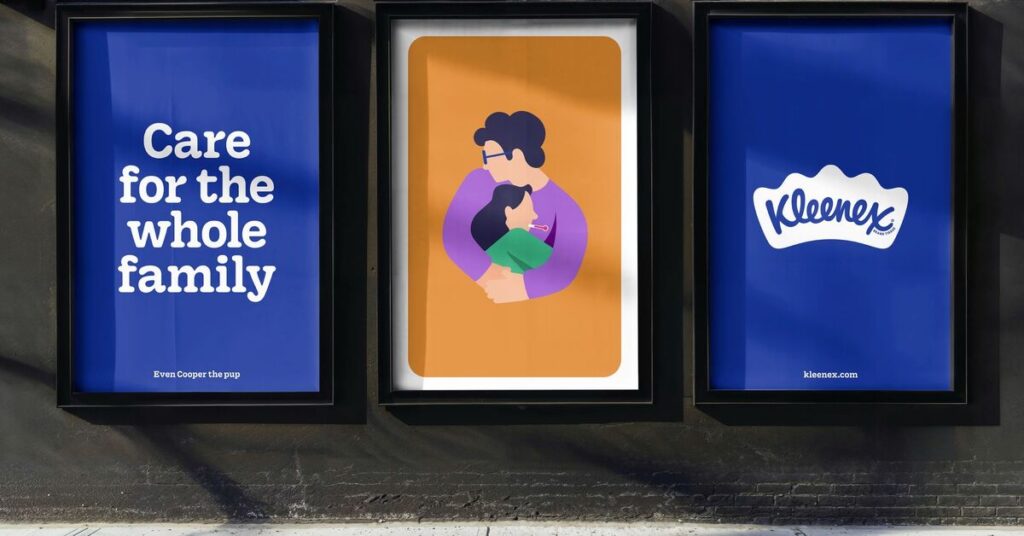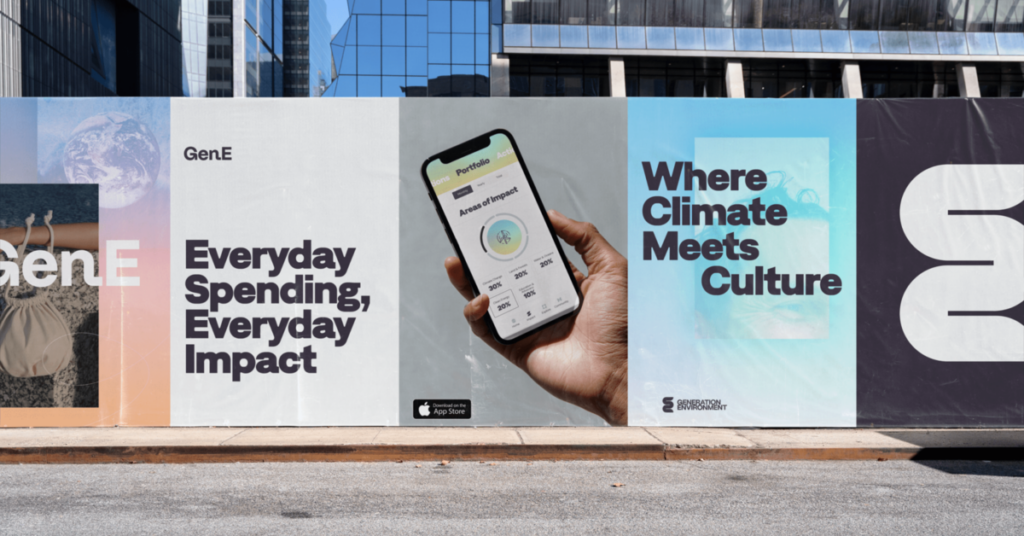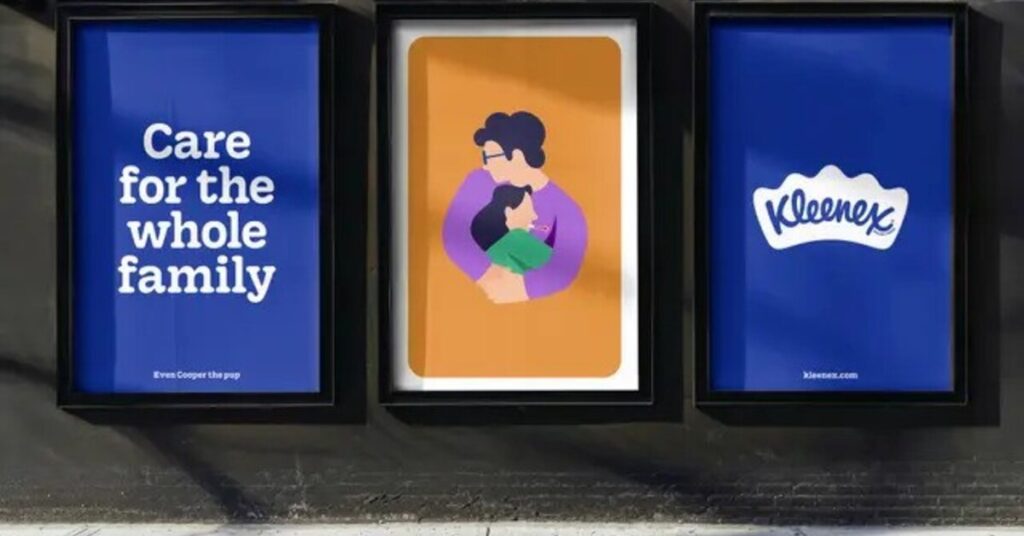Profoundly established brands, in order to capture that fresh appeal in the market, often prefer rebranding. The significant motive behind this is to create a new and relevant outlook for the brand considering their target audience. Target audience could vary considering the lifestyles and technological background. For instance, if a brand is following the original pattern even a century after its establishment, people tend to feel that there is nothing new in it. In such circumstances, marketing technologies play a vital role. But there is a limit to that too. So the better option is to transform the brand into a new and improved one without affecting the quality of the base.
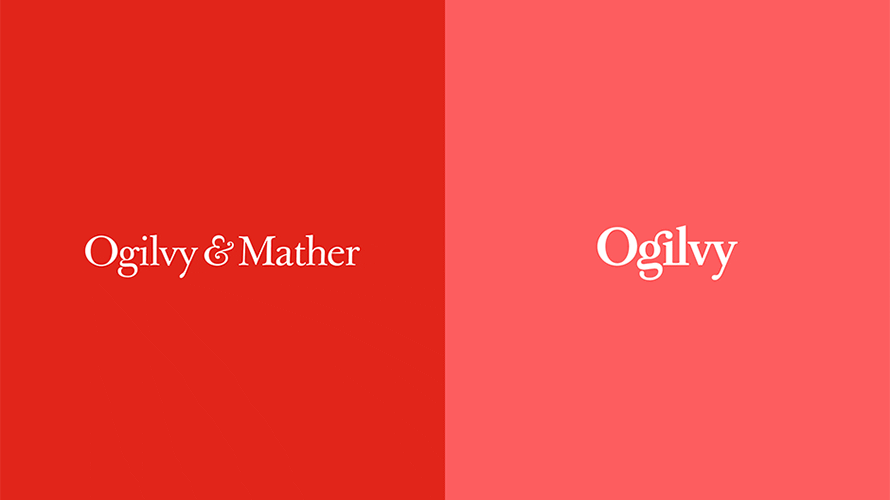
Rebranding often makes a recognition to brands and the transformation from old to new, plays a significant role in it. This digital revolution has made substantial changes in many areas of businesses form low scale to that of massive, global scales. But what happens when a giant in advertising rebrands themselves with an entirely new and unimaginably brilliant overview? Yes, I am talking about Ogilvy. And they say it as the most significant transformation in the history of their agency! Notably, the people behind Ogilvy implies that it is more than rebranding as it is a kind of re-founding of their original organization. The traditional agency modified their brand from the root to tip, by restructuring things they ever had. From the visual identity, logo, organizational design to new staffing and financial reporting standards, everything got transformed into a fresh, new and improved outlook. This iconic re-founding is done after seven decades of excellence, and it is termed as a new chapter in the journey of advertisements.
“This has been an 18-month journey for our brand and the largest transformation in the history of our agency,”
said John Seifert, Chief Executive, The Ogilvy Group. Now with this transformation, every fragmented part of Ogilvy came under one integrated unit with common elemental features. Ogilvy & Mather Advertising, Ogilvy One and Ogilvy Public Relations along with a variety of sub-brands and specialty brands got integrated under a single roof resonating the positioning by reinjecting the values, vision, and structure the way David Ogilvy build it for the first time.
Since the company is a global one, the challenge in re-founding was high because of various factors such as customer behavior, technology, competitors, and platforms. One lousy step can ruin all the reputation, and this could lead to a massive loss because of its popularity. So by rebranding, the brand made stepped into a huge risk, but with experiential knowledge and professional approach, things went better than they planned. And with this transformation, Ogilvy is preparing to act and respond to the changing dynamics in the new era.
Now getting more into the idea of transformation, it is necessary to understand what all changes are there. The fundamental aim was to bring a fresh and creative identity to the brand by reinventing the visual identity. And by setting a bold move in integrating all the sub-categories into one roof, the name ‘Ogilvy’ is highlighted. And it is said that the new logo is more into showing the agility, collaboration, and connectedness of the brand in delivering supreme quality services to the clients. The iconic Ogilvy Red has been reintroduced in a brighter Pantone, and a secondary palette of gray, pink, blue and yellow has been added to emphasize the company’s desire to modernize while maintaining its strong heritage. With the new organizational design, instead of dividing the company into fragments, integration of units is done. And this is done with the help of the six core capabilities, and that includes brand strategy, advertising, customer engagement and commerce, PR and influence, digital transformation, and partnerships. This integration is majorly ideated to avoid pitfalls.
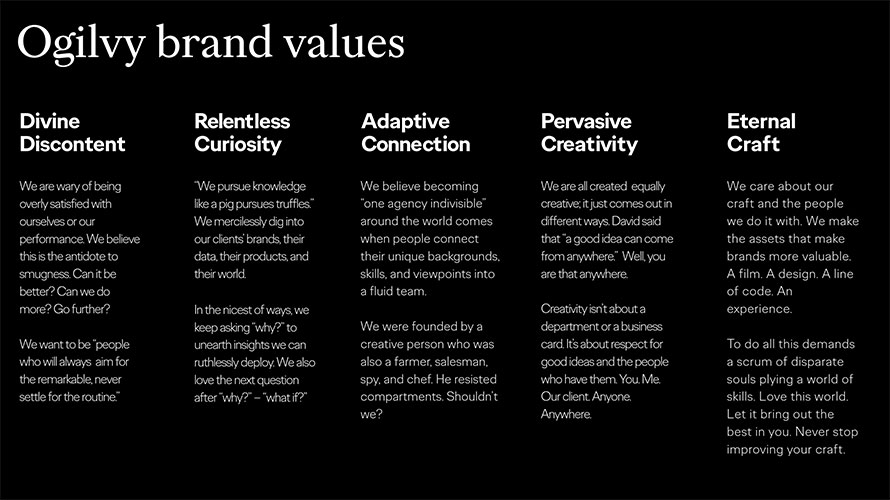
Another transformation is done over the public relations side, and this is by creating a leadership team with powerful capabilities. And with this, the company is intended to bring more holistic contents to their clients. Apart from focusing on the traditional solutions, a full-on engagement in developing solutions is what the company offers by such a PR team in the company. And this extends the company into a ‘solving’ one more than that of a ‘selling’ one.
“In the past, we have been in a culture where we sold things to clients. The idea was, you sold them more and more services.” (That’s why, for many agencies, integration meant selling PR as an add-on to an existing ad campaign.) “What we need to do now is to listen what the client actually needs and offer them solutions that fit their needs that help them solve their business problems.”
explained by Seifert on the concept of “from selling to solve”.
As a part of its rebranding, Ogilvy also released a short video comparing its alteration of language and attitude since its founding 70 years prior, showing “before and after” mantras for the organization. For instance, the contemporary approach of “We sell, or Else” got modified to “we change, or Else” since the brand is forcing more ideation into services than selling. Such changes are everywhere, and the brand has even changed the minute detailing to mark the perfection. And finally, the brand is stepping one step closer to empowering the world by including more women executives in the company. Seifert claims that the current rate of 36% women executive partners will get to a range of 50% by the next two years.
With its new definition, Ogilvy maintained a level of creativity, and this conceptualizes the minimalistic approach in a better manner. What’s needed now, is a significant late business win or case study to demonstrate how its restructuring has been a success.

